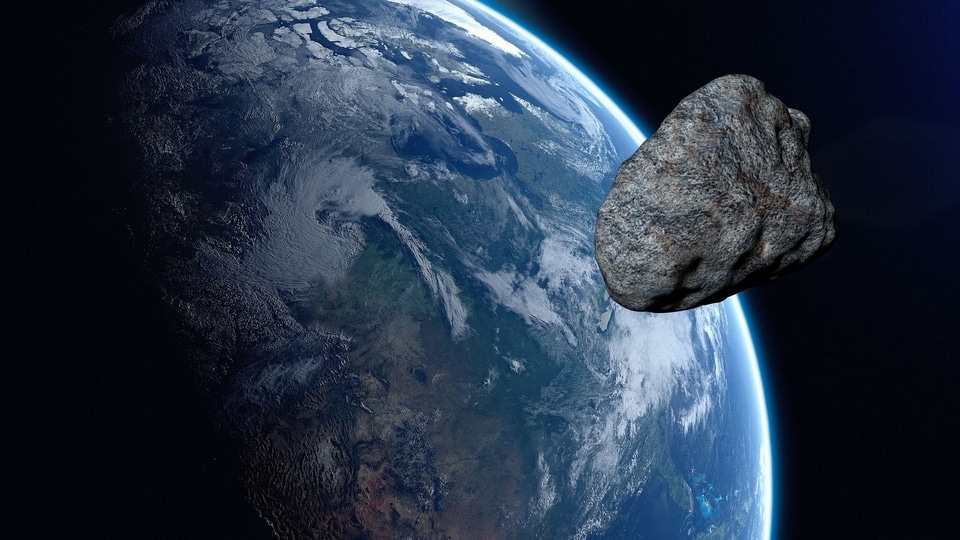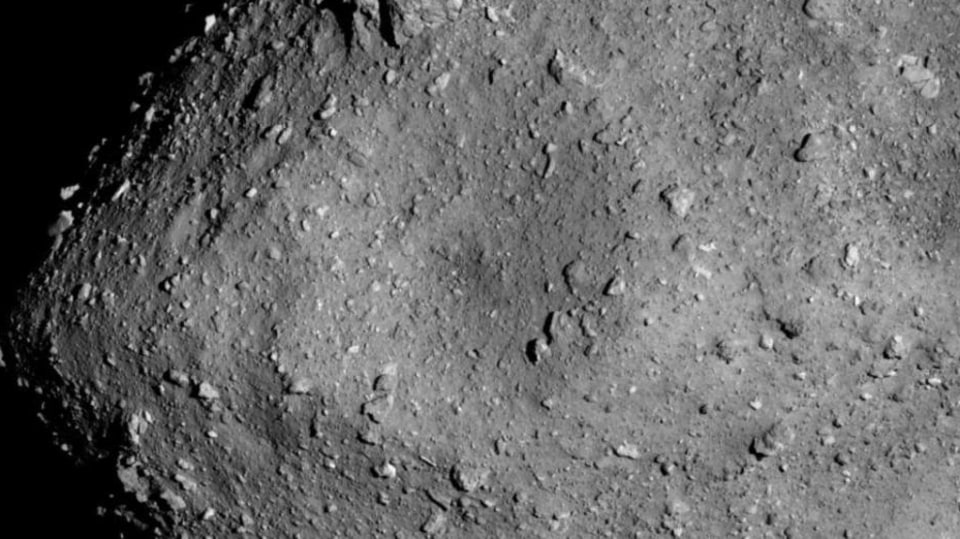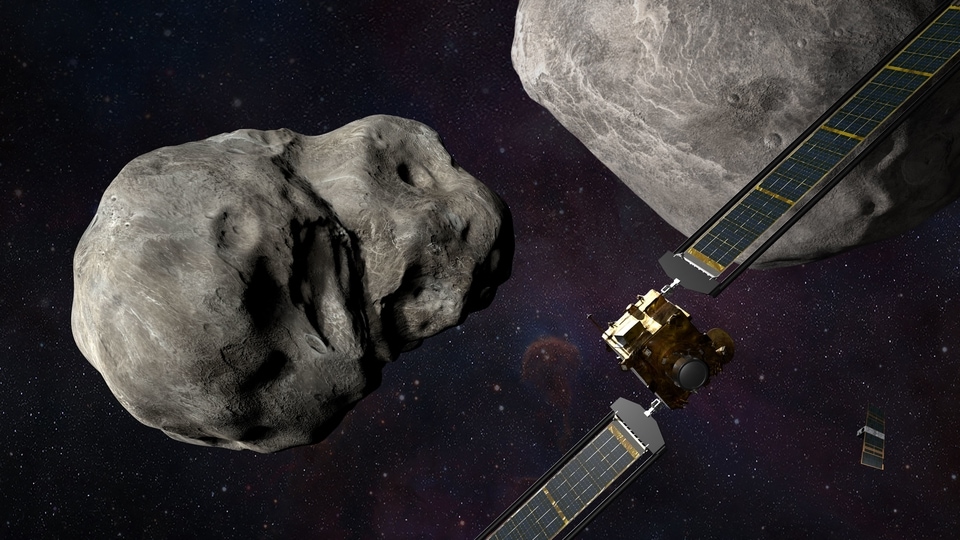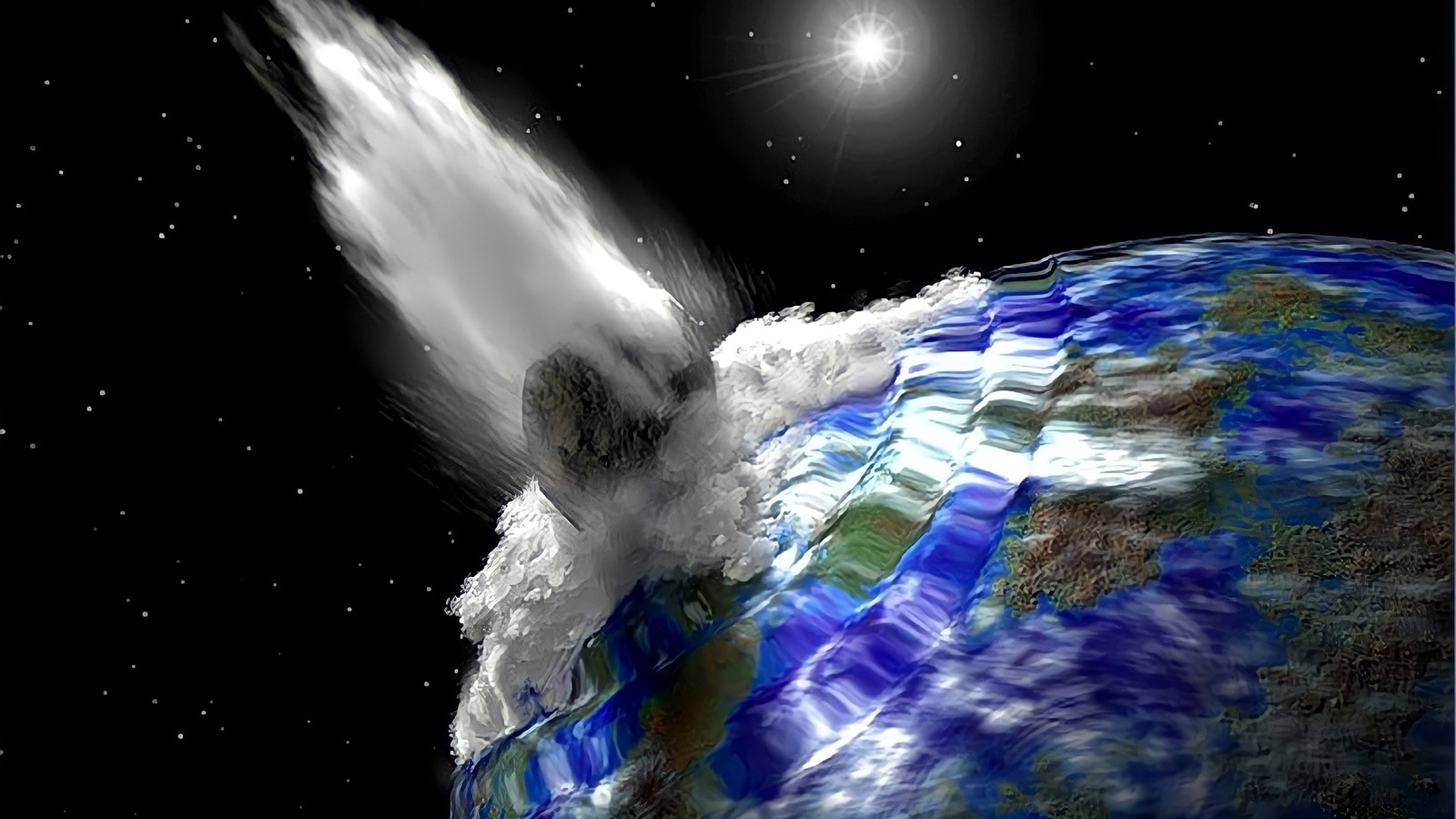NASA plans to protect Earth against asteroid impact; here is how
What would happen if an asteroid was going to strike Earth? Could anyone save us? Check out this NASA plan to protect Earth against asteroid impact.



_1639115875543_1639115887157.jpg)


 View all Images
View all ImagesEarth's orbit has been bombarded with asteroid flybys this month, with more than 35 asteroids just whizzing past Earth one by one and more on the way. Although these asteroids have passed by Earth safely, there will come a time when one of them would be on course for impact with Earth. Just last year, a humongous 525-feet asteroid flew so close past Earth that it caused a panic among scientists. Well, someone is keeping a close watch on all this activity- NASA. NASA's Planetary Defense Coordination Office has the responsibility of keeping a check on the Near-Earth Objects (NEOs) that fly past Earth at a distance closer than 28 million miles.
Has an asteroid ever struck Earth before?
Although asteroids are safely passing near Earth these past few weeks, it doesn't mean a collision with Earth isn't on the cards. In fact, an asteroid was the reason behind the extinction of one of the largest species on the planet nearly 65 million years ago – dinosaurs.
According to the Alvarez hypothesis, the extinction was caused by a massive asteroid which crashed on Earth more than 65 million years ago. The asteroid terraformed the planet and is likely the reason that started the extinction of dinosaurs. Scientists have even found the impact crater of the asteroid in Chicxulub, near the Yucatan Peninsula in Mexico.
NASA's plan to protect Earth against asteroid impact
A $240 million NASA mission is already in motion to deflect an asteroid off the collision course with Earth by smashing a spacecraft into it at a staggering speed of 23,000kph. The mission is named Double Asteroid Detection Test or DART.
The aim of the mission is to smash a spacecraft into the Dimorphos asteroid to deflect it away from its path. In fact, there are two asteroids involved. The larger asteroid Didymos and the smaller asteroid, Dimorphos, which is its moonlet. While this asteroid in no way threatens Earth, the NASA asteroid mission is to carry out an experiment to gain greater knowledge as to what happens when a craft is crashed against a space rock. This knowledge will be used if an actual asteroid threatens to crash against the Earth. It will help avert an Armageddon on Earth and perhaps, even save humanity from extinction.
Catch all the Latest Tech News, Mobile News, Laptop News, Gaming news, Wearables News , How To News, also keep up with us on Whatsapp channel,Twitter, Facebook, Google News, and Instagram. For our latest videos, subscribe to our YouTube channel.





























